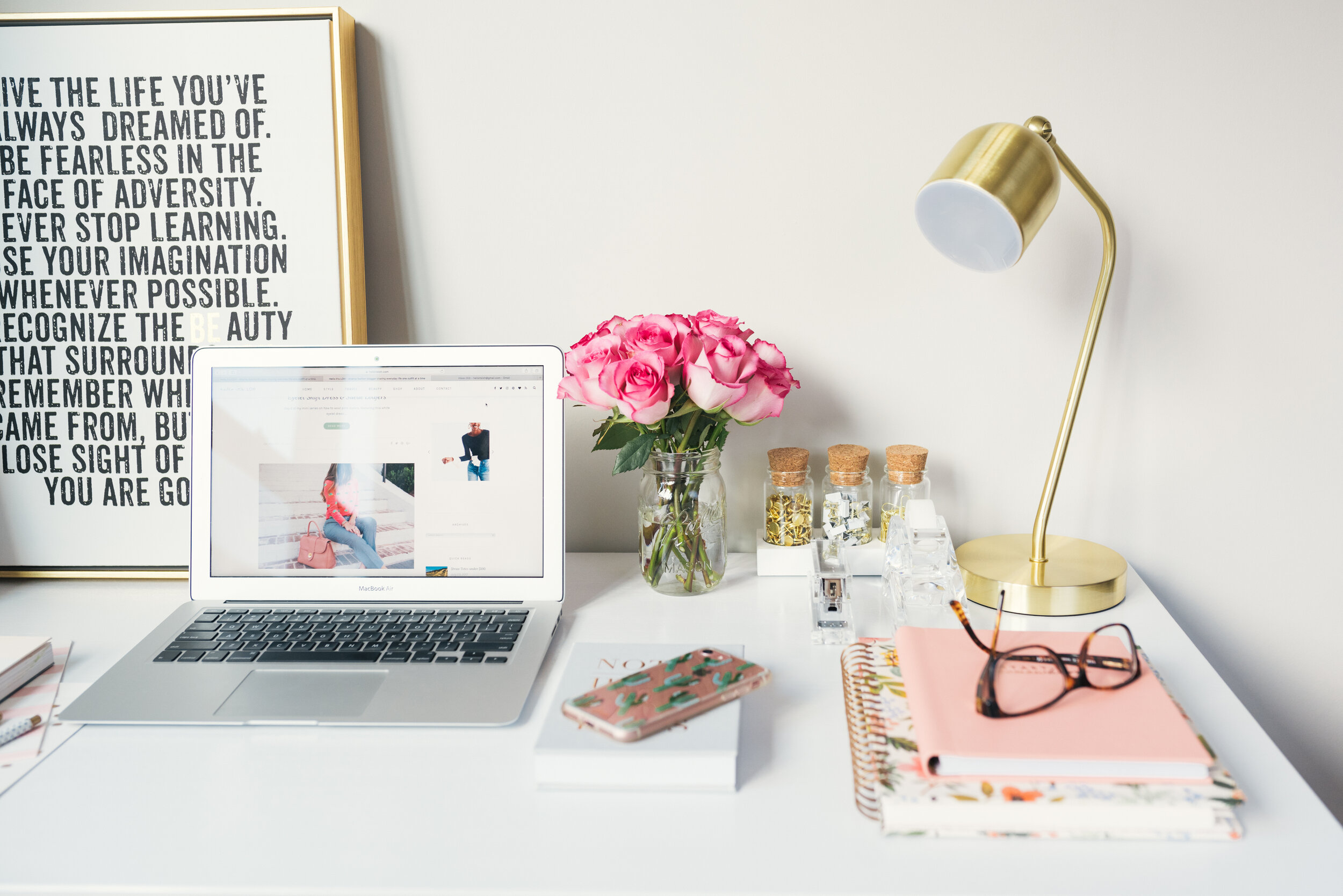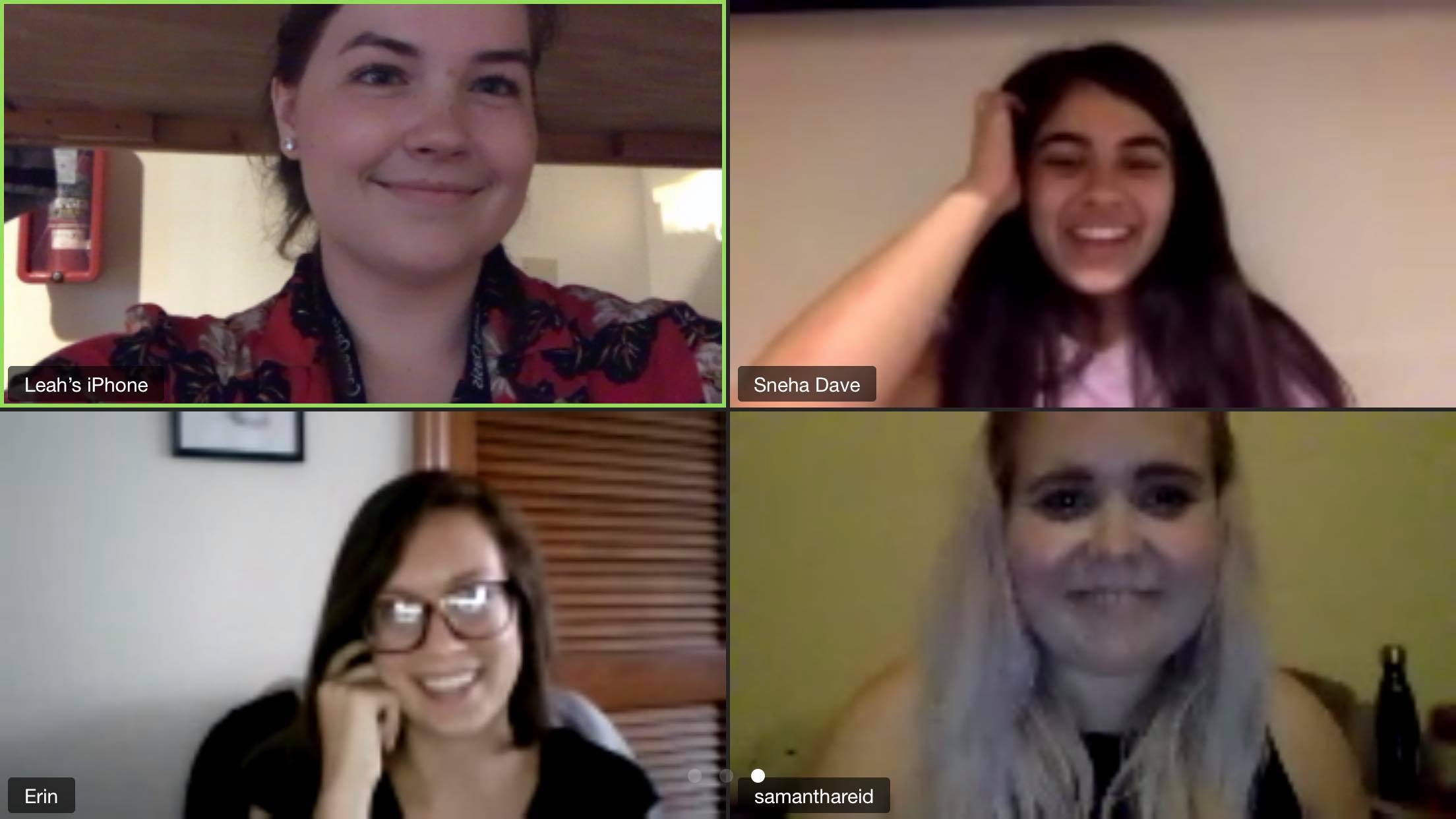By Natasha Kacharia from the United States
A butterfly flaps its wings in the Amazonian jungle and a typhoon occurs in Europe. Tiny things,
according to Chaos theory, are the things that change the world. I am not sure if this applies to the world
around us, but what I know for sure is that a sequence of small events shaped my passion for digital
design, specifically in the field of accessibility and healthcare.
Growing up, I designed skating dresses. I absolutely loved employing design and aesthetics to
create dresses that expressed who I was, that told stories. However, in addition to my love for design and
storytelling, I am also a numbers girl. I crave the certainty that disciplines such as computer science and
mathematics provide. My study in Stanford’s Computer Science track in HCI perfectly encapsulates both
my interests, as I firmly believe UX Design is another vehicle to tell stories. Utilizing graphic designs,
word clouds, flow charts, and data visualizations, I can create consistent and strong messages that
resonate with users. In addition to my time at Stanford, I had the opportunity to explore my love for
design in the workforce. At Microsoft, I designed and prototyped in-app training content to onboard new
employees with MSXI applications, utilizing software such as Figma, Power BI, and WalkMe. At Ford, I
designed an interactive quiz for consumers to help them determine if buying or leasing their next vehicle
is right for them. Both these experiences solidified my passion for human-computer interaction.
Yet, while I knew I wanted a career in digital product design and I knew I wanted to make a
positive impact, I lacked insight on what. It was through an invitation as a fellow to attend the 2021 Lime
Connect Symposium – a leadership development program designed for high potential university students
who happen to have all types of disabilities – that I realized I was meant to design in healthcare. From the
age of 17, when I was diagnosed with the autoimmune disorder ulcerative colitis, I have had an ever-
growing interest in the healthcare industry. But since I did not have a desire to pursue medicine, it did not
appear to be an industry where I could make a difference. Meanwhile, through my numerous emergency
room visits and hospitalizations, I noticed many gaps in the patient experience. For instance, my second
week of my freshman year of college, I was rushed to the emergency room for excruciating thigh and
knee pain. The medical staff spent an hour asking about my previous medical history and running the
same medical tests that I had undergone less than three weeks ago in my hometown’s ER instead of
attempting to relieve my pain, as they did not have access to my previous medical records. My experience
was not unique; there is not a seamless way for physicians to access past records or for patients to transfer
them to new hospital systems. Some other common pain points of my patient experience have been
paying complicated hospital bills, coordinating with insurance, communicating my needs to physicians,
and obtaining medical help outside of regular business hours; many of these were only exacerbated by the COVID-19 pandemic. Through Lime Connect and then CCYAN, I had the pleasure of meeting other
disabled students and professionals who were using their past experiences, knowledge, and talent to affect positive change to make the world a more inclusive and accessible place, making me realize that I wanted to do the same.
Yes, I admit, there are some days that wish I did not have ulcerative colitis, but if I was never
sick, then I would not be me. My experiences, the good, the bad, and the ugly, have shaped who I am
today. I am not sure where the future will take me, but I am excited to flap my wings and hopefully make
the world a more accessible place.
Featured photo by Ash Moore from Pexels








